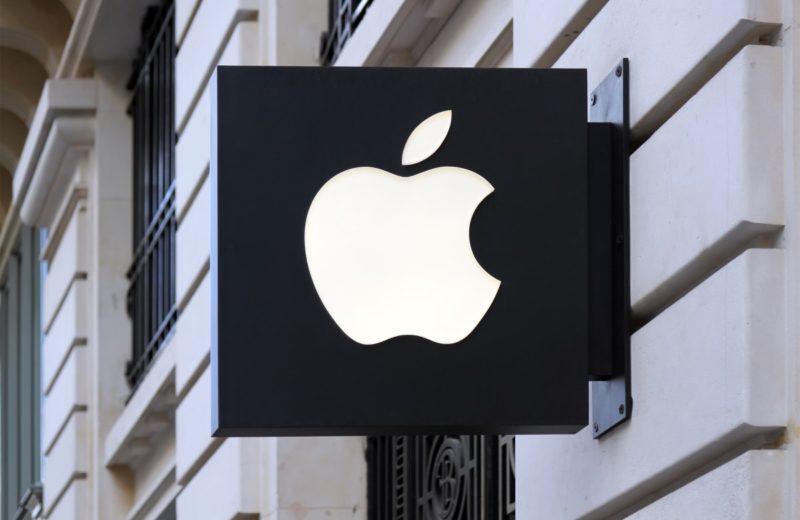VentureBeat is a new version of its quantum cloud service for building and deploying quantum computing applications. Following D-Wave’s announcement of Leap 2, VentureBeat had the opportunity to sit down with Murray Thom, D-Wave’s VP of cloud and software services. They naturally talked about Leap 2. The conversation included the improvements the company hopes it will bring for developers and businesses. Moreover, they also discussed business applications D-Wave has already seen to date.
Quantum computing leverages qubits for performing computations that would be much more difficult, or only “mission impossible,” for a classical computer. D-Wave was based in Burnaby, Canada. D-Wave was the very first company for selling commercial quantum computers, which are built to use quantum annealing. Applications include everything from optimization and cryptography to materials science and machine learning. D-Wave has a webpage that is dedicated to quantum computing applications. It contains logistics, preventative health care, automotive design, quantum chemistry simulation, election modeling, airline scheduling, and more.
D-Wave has seen success, particularly with machine learning and optimization use cases. And they have data to back it up: D-Wave’s customer applications are about 50% optimization, 20% machine learning and artificial intelligence, 10% of materials science, and 20% others.
Applications of optimization leading the pack make sense because they are currently primarily solved using brute force and raw computing power. An optimal solution can become apparent more quickly if quantum computers can soon see all the possible solutions. Optimization stands out because it is much more intuitive and more comfortable to grasp.
Quantum Computing
Thom explained that the community of people who can incorporate optimization and robust optimization is much, much more significant. The machine learning community – the congruence between the needs and the technology is very technical. Unfortunately, they are only applicable to statisticians. Moreover, there is a much smaller community of statisticians in the world than there are of programmers.

In particular, the complexity of incorporating quantum computing into the machine learning workflow is an obstacle. Thom said that it is straightforward to figure out how the program the system for machine learning researchers and practitioners. Because machine learning programs are becoming quite multifaceted, fitting that into machine learning workflow is more challenging. Nevertheless, teams in the past published a lot of research on how to incorporate it into a training workflow that makes sense.
Indeed, Thom said that machine learning practitioners currently want someone else to handle the quantum computing part.
Nevertheless, Thom believes that machine learning and quantum computing exceptionally match each other well. The needs of the field and the features the technology has been very close.
Thom continued that that is something he thinks to be very productive for the use of technology in the future. It is because there are so many aspects of what quantum computers can do in probabilistic sampling. For machine learning, it is essential for what you need to do. Thus, it is tough to reproduce that with a classical computer. You will get it natively from the quantum computer.
Most probably that will say the new word in the technological world.
















